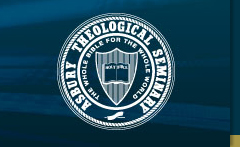Files
Download Full Text (199 KB)
Summary
The primary text in this course is the Holy Bible. There are three basic theories behind the work of Bible translation: (1) Literal or formally equivalent; (2) Idiomatic or dynamically equivalent; and (3) Free or paraphrase. Some of the more literal versions of the Bible include the New American Standard Bible (NASB) and the Revised Standard Version (RSV) or the New Revised Standard Version (NRSV). Although both the King James Version (KJV) and the New King James Version (NKJV) fall into the category of literal translations, they are textually inferior to modern translations of the Bible. The New International Version (NIV) falls into the dynamic equivalence category. Paraphrases of the English text such as The Living Bible (TLB) and translations from the original languages of the Bible (Hebrew, Aramaic, and Greek) by a single individual (and not by a committee) such as The Message (TM) are not recommended for the serious study of the Bible. Bauer, David R. An Annotated Guide to Biblical Resources for Ministry. Peabody, Mass.: Hendrickson, 2003 (327 pgs.). deSilva, David A. An Introduction to the New Testament: Contexts, Methods & Ministry Formation. Downers Grove, Ill.: InterVarsity, 2004 (975 pages).
Publication Date
January 2009
Publisher
Asbury Theological Seminary
Keywords
Studies, Foundations, Biblical, BS505, Spring, Exl
Language
English

